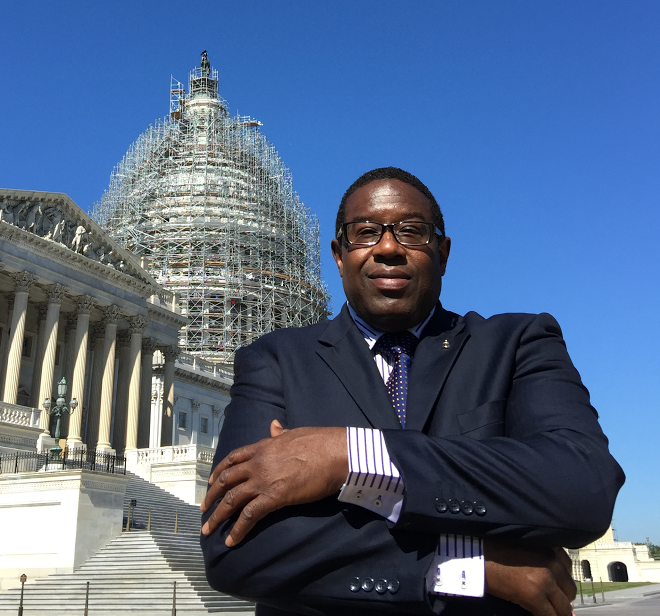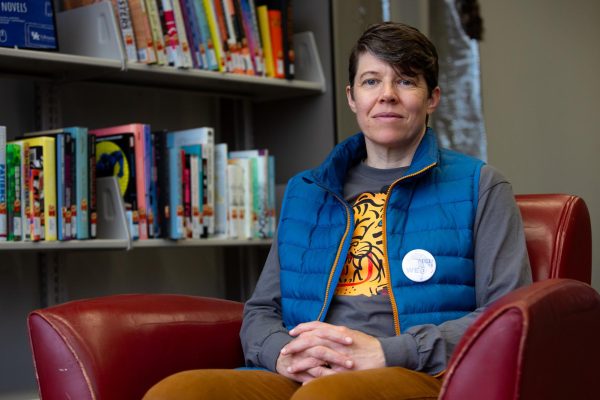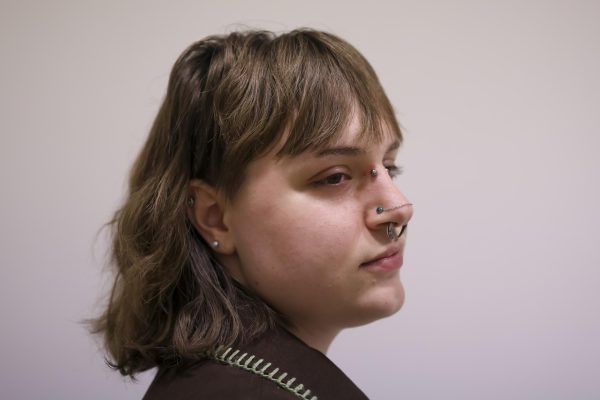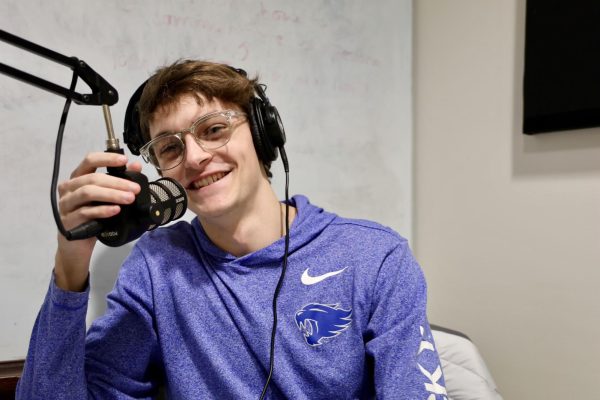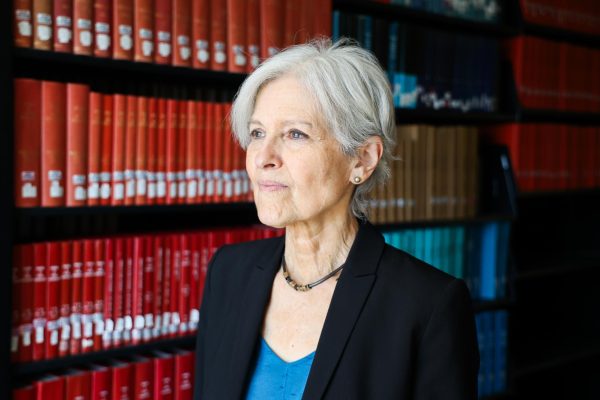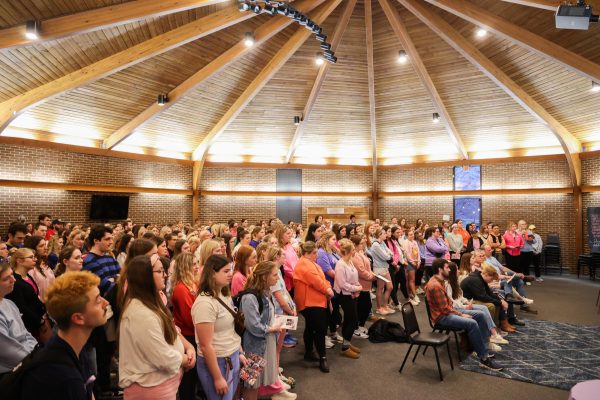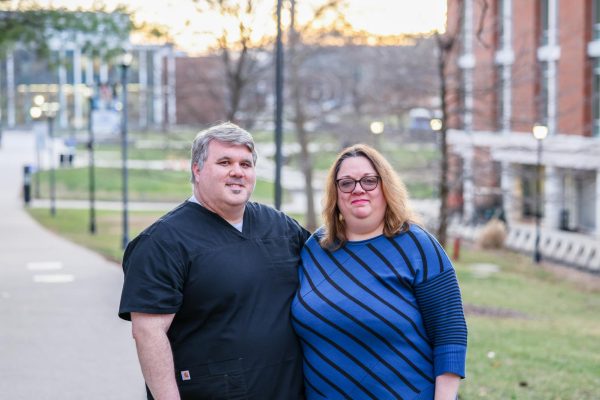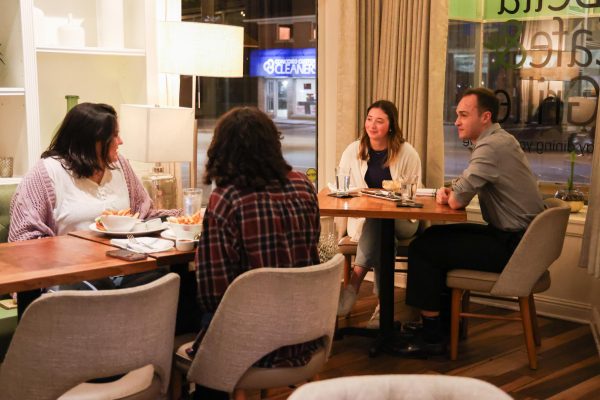UK alumnus works to restore nation’s Capitol Dome
UK Alum, Eugene Poole Jr. is the first African American to work on the Capitol Dome Project in Washington D.C.
February 2, 2016
Rising from the Washington, D.C. skyline is the restoration handiwork of UK alumnus, Eugene Poole.
Poole earned a five-year professional degree in architecture in 1985. He spent many of his nights in Pence Hall, making models and studying for his studio projects.
“A lot of times, I had to make a sacrifice,” Poole said. “I missed a lot of basketball games.”
Still, he said those long nights preparing for critics were some of his finest memories. Poole spent his last two years of college as a member of the ROTC program. After he graduated, he joined the Air Force and traveled the world to plan and build Air Force bases in Guam, Hawaii and Korea.
After early retirement from the military, he entered the private sector where his work on projects, like Planet Hollywood and Hard Rock Cafe locations, allowed him to be more creative.
“Within the military there is a set of standards,” Poole said. “You can’t really do anything wild.”
With Poole’s UK education and extensive work experience, he responded to a 2008 request to fill the position of project manager for the Capitol Dome restoration project in Washington, D.C.
Because of the depth of the project, Poole and his team worked on smaller projects before tackling the historic dome.
“It took a group of professionals … to pull all the design documents together,” Poole said. “No one person can do that.”
The project involves removing the lead paint, stitching and restoring the cast iron holes, and repainting. Poole said that it’s a laborious and painstaking process.
“It’s a major, massive undertaking,” Poole said.
According to Poole, every piece of architecture — down to each scroll and acorn that adorn the building — is removed, cleaned and classified in a computer system.
Poole listed some of the professors that taught him, and said it was the professors that prepared him for not just building and design work, but also the legal side of architecture.
“I had some awesome professors,” Poole said. “They really care about the student.”
At UK, Poole was involved on campus with minority associations, a men’s choir, and was a member of the Alpha Phi Alpha fraternity.
“Those other things allowed me to create a departure … to free myself,” Poole said.
Being a member of the fraternity allowed Poole to give back to the community. Poole said both Interfraternity Council and National Pan-Hellenic Council fraternities worked together for service events and to share resources, like scholarships.
“We weren’t just partying,” Poole said. “We were out there doing our civic duty.”
For now, Poole is dedicated to the Capitol Dome project and its completion, and said the education he received at UK helped him focus on his career.
As the first African-American to work on the restoration project, Poole reports on, manages and maintains the restoration of the U.S. Capitol building’s iconic dome.
This is the first time the dome has been restored since it was built in the 1850s. Its completion came at the height of the Civil War.
According to Poole, Lincoln demanded that the contractor at the time continue working because seeing a completed dome would motivate the union to keep fighting for a united nation.












































































































































